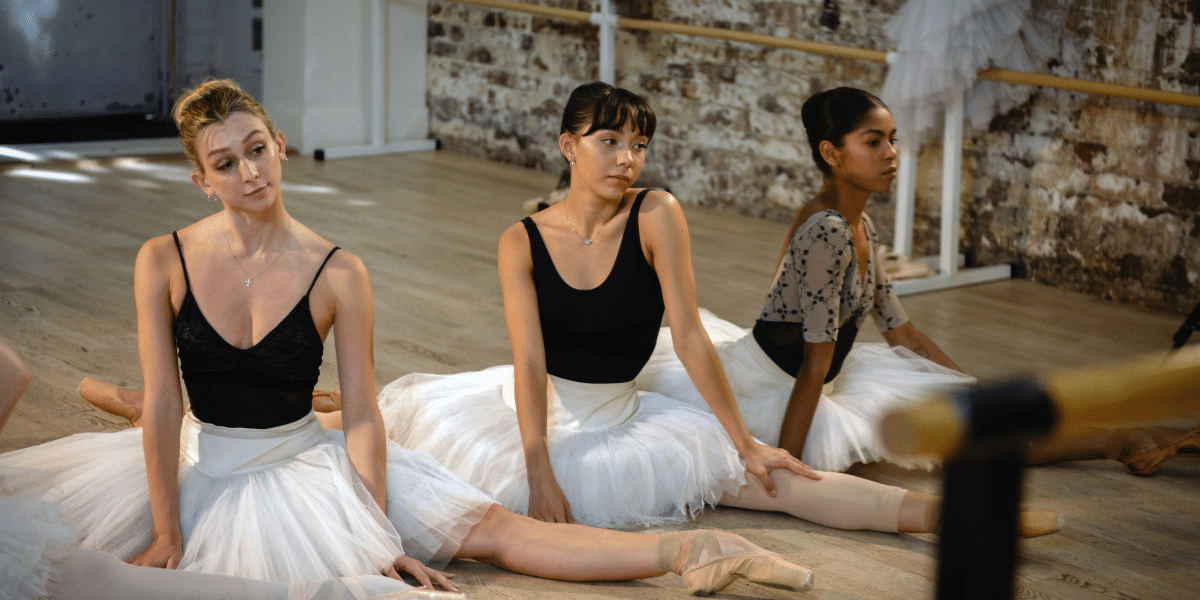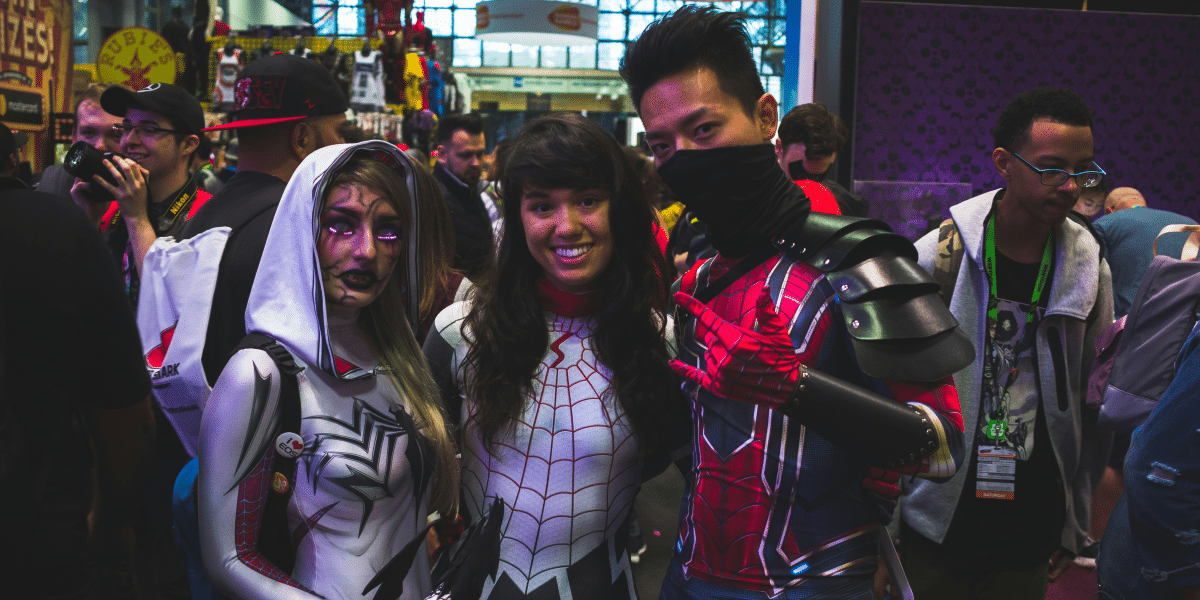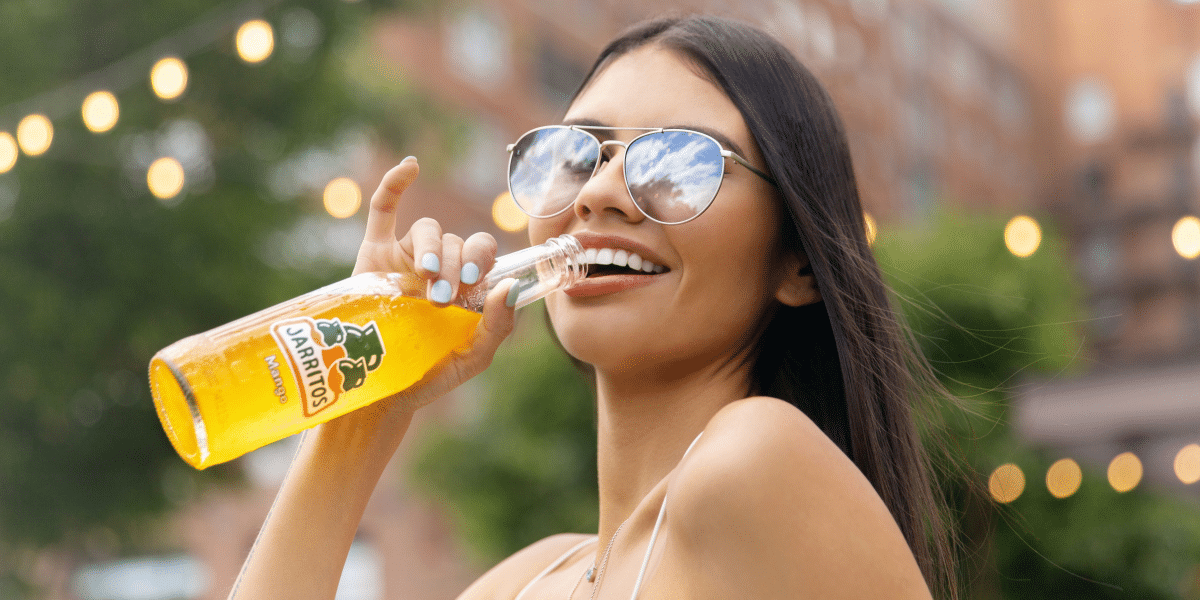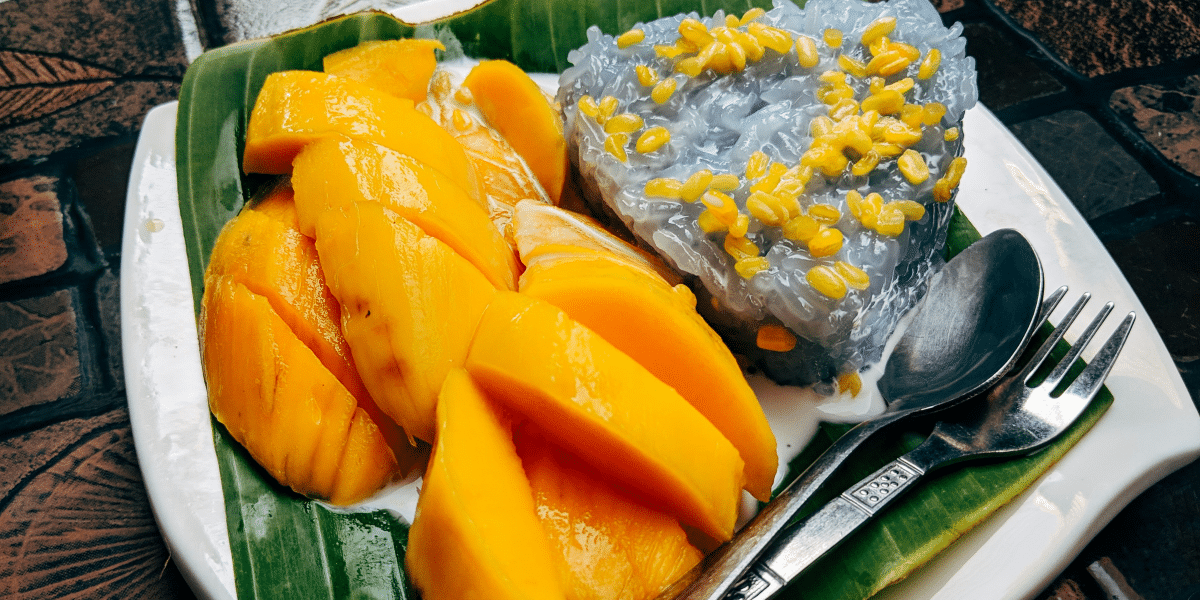They’re the unofficial mascots of certain Miami neighborhoods, their iridescent plumage and piercing calls a quintessential slice of South Florida flamboyance. Peacocks, in their boisterous, invasive glory, offer a constant reminder that Miami is a city where nature throws the occasional curveball, even in its most manicured enclaves.
How did Miami become home to strutting peacocks, those quintessentially Asian birds? Their origins lie in the early days of Miami’s development, when wealthy residents introduced them as exotic additions to their estates. Over time, escapes, intentional releases, and plain old successful breeding allowed these flamboyant birds to establish a foothold in neighborhoods like Coconut Grove.
While peacocks add a splash of unexpected beauty, they aren’t exactly ideal neighbors. “It’s like living in a Jurassic Park outtakes reel,” jokes a long-time Miami resident. “The squawking starts at sunrise, they poop on everything, and the males can get territorial, scratching cars they see as rivals.”
Peacocks wreak havoc on perfectly manicured lawns in their quest for tasty insects, their droppings paint patios in vibrant splatters, and their caterwauling can disrupt a peaceful morning with the shrillness of a car alarm.
As peacock populations boomed, so did the calls for something to be done. Yet, the peacock problem has divided communities between those who adore their exotic presence and those who consider them a feathered menace. Relocation programs have had limited success; peacocks are notoriously difficult to round up. Some advocate for more drastic birth control measures.
The battle over Miami’s peacocks is fueled by more than just scratched car paint or noise complaints. It’s a clash of values in a city that prides itself on both manicured neighborhoods and untamed natural beauty. “Loving the peacocks is part of embracing the unique, sometimes messy, magic of Miami,” says a resident of a peacock-heavy neighborhood. Others argue that non-native, invasive species, no matter how beautiful, need to be managed for the greater ecological good.
The Tourist Attraction (With Claws)
For visitors, Miami’s peacocks hold undeniable appeal. They’re a photogenic testament to Florida’s eccentric spirit, and spotting one fanning its tail amidst suburban homes adds a dash of the unexpected to any Miami vacation.
However, tourists have also learned the lesson that a peacock’s beauty can hide a sassy attitude. The birds aren’t shy about approaching humans expecting tasty handouts, and a startled tourist retreating from an amorous male peacock has become a familiar, if comical, sight in certain areas.
Miami wouldn’t be Miami without a touch of the absurdly beautiful, the slightly disruptive, and the reminder that even in urban spaces, nature has its own agenda. Peacocks embody this spirit perfectly.
They’re not always beloved, often noisy, and undeniably messy. Yet, try to imagine Miami without a chance sighting of these gloriously showy birds. The city would lose a piece of its unique, vibrant, and occasionally infuriating identity.
Managing peacocks is an ongoing debate, a tug-of-war between a desire for tidy streets and the messy reality of sharing urban spaces with a non-native species that clearly delights in ignoring the rules.
The fact that sleek highrises coexist with squawking descendants of escaped exotic pets is a testament to Miami’s identity as a city comfortable with the clash of the manicured and the wild, the luxurious and the slightly ludicrous. The presence of peacocks, with all the exasperation and delight they evoke, is, in its own way, as essential to Miami’s essence as the Art Deco skyline and the rhythm of salsa music spilling out of open car windows.









